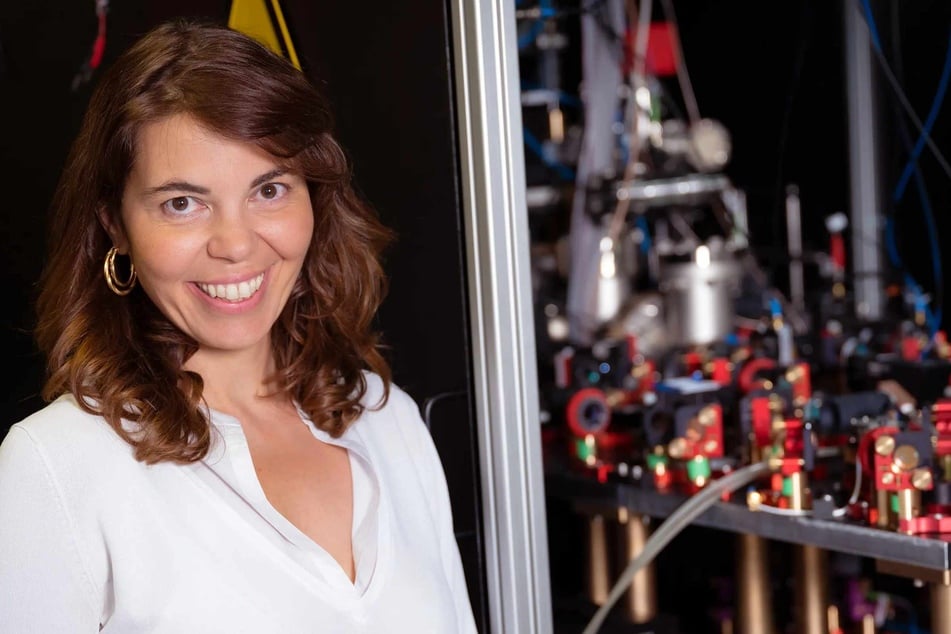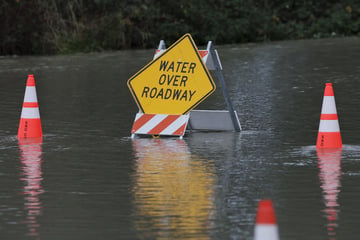Scientists stir bizarre "supersolid" matter for first time, proving dual nature
Scientists this week said that they have successfully stirred a strange matter called a "supersolid" – which is both rigid and fluid – for the first time, providing direct proof of the dual nature of this quantum oddity.

In everyday life, there are four states of matter – solid, liquid, gas, and the rarer plasma.
But physicists have long been investigating what are known as "exotic" states of matter, which are created at incredibly high energy levels or temperatures so cold they approach absolute zero (-273.15 degrees Celsius or -459.67 degrees Fahrenheit).
Under these extreme conditions, matter starts behaving very differently from what we are used to.
Fluids such as liquid or gas may get more or less resistance to flow, which is measured by viscosity. Honey, for example, is more viscous than water.
Superfluids, an extremely cold exotic matter, have zero viscosity – there is no resistance so they flow freely.
If a superfluid was stirred in a cup, it would flow around indefinitely without ever slowing down.
More than half a century ago, physicists predicted the existence of a "supersolid" state.
It is matter that has the properties of both a solid and a superfluid, in which a fraction of the atoms flow friction-free through the lattice – a regular arrangement of points or objects – of a rigid crystal structure.
New study proves the dual nature of supersolid state

Researchers had previously managed to observe these crystal structures inside supersolids in several ways.
But a direct observation of the bizarre manner in which this matter flows has remained elusive, said Francesca Ferlaino, a physicist at Austria's University of Innsbruck.
Until a new study led by Ferlaino was published in the journal Nature on Wednesday.
"Our findings give us strong, direct proof of the dual nature of a supersolid state," Ferlaino said.
Using magnetic fields, the team managed to stir a supersolid to observe the tiny whirlpools – called quantized vortices – which are the "smoking gun of superfluidity," the scientist explained.
"Imagine you have a cup of coffee, and you give it a little swirl with a spoon... You'll see the coffee spinning around the center, and if you look closely, there might be a whirlpool in the middle where the liquid is swirling the fastest. This is a classic example of a vortex in a regular fluid."
Now imagine the coffee is replaced with a superfluid.
"If you swirl the spoon slowly, you'll be surprised to see that the superfluid doesn't rotate along with the spoon at all – it remains perfectly still, as if nothing disturbed it," Ferlaino said.
"However, if you swirl the spoon faster, instead of forming one large whirlpool in the center, something remarkable happens. A series of tiny whirlpools, or quantized vortices, begin to appear," she said.
"These are like small holes in the fluid, each rotating at a specific speed... they arrange themselves in beautiful, regular patterns across the surface of the superfluid, almost like the holes in a piece of Gruyere cheese, but perfectly organized," the physicist added.
The researchers say the breakthrough will make it possible to simulate phenomena in the lab that normally only occur under truly extreme conditions. This includes what happens at the heart of neutron stars, the incredibly dense and compact cores left behind when massive stars go supernova.
Cover photo: Unsplash/Manki Kim
